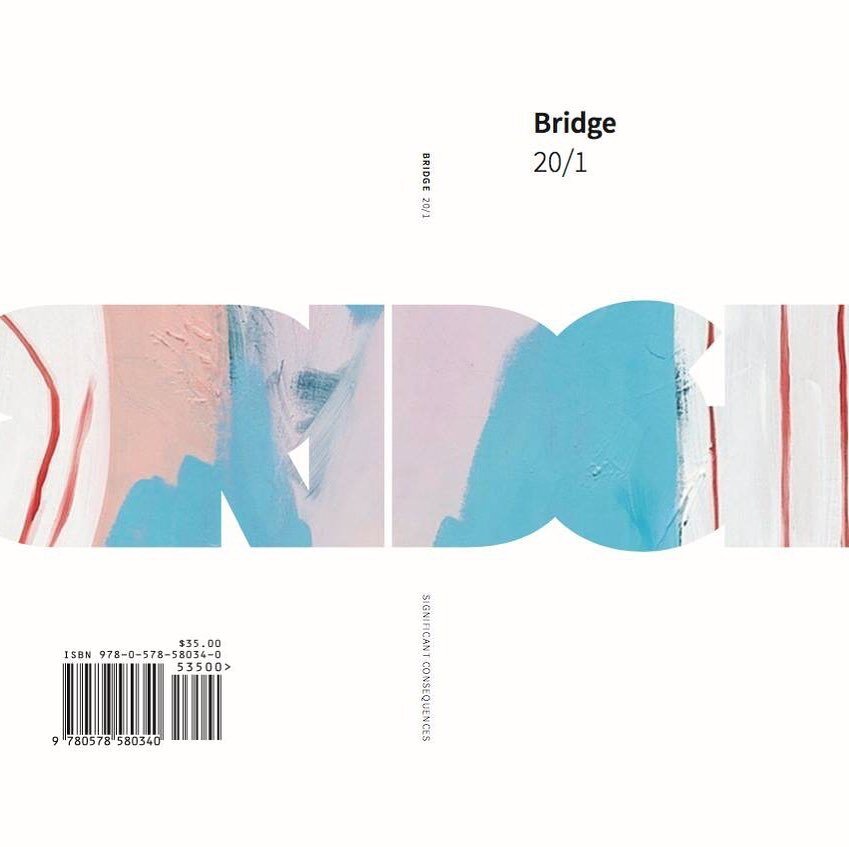REVIEW: Forecast Form: Art in the Caribbean Diaspora, 1990s – Today at the Museum of Contemporary Art, Chicago
Installation view, "Forecast Form: Art in the Caribbean Diaspora,1990s – Today," MCA Chicago. Nov. 19, 2022 – April 23, 2023. Photo: Michael David Rose.
REVIEW
Forecast Form: Art in the Caribbean Diaspora, 1990s–Today
Nov 19, 2022 - Apr 23, 2023
Museum of Contemporary Art
20 E Chicago Ave.
Chicago, IL 60611
By Alejandro Hernandez
To describe the Caribbean is like trying to describe an enigma. The islands that comprise the region were originally home to indigenous Taino and Arawak tribes before European colonization turned them into some of the largest ports for the Trans-Atlantic Slave Trade. Fast forward 500 years later, there are even more influences that exist in the form of immigrant communities from East and South Asia, as well as the MENA regions. Coming from a Puerto Rican family, I’m well-versed in the hodgepodge of cultures that comprise the Caribbean diaspora. However, very rarely have I ever seen Caribbean history reflected in museums, which made me eager to visit the Forecast Form: Art in the Caribbean Diaspora, 1990s–Today exhibit currently on display at the Museum of Contemporary Art.
The artists on display at this exhibit each offer their own unique interpretations of what the Caribbean is today. They challenge the definition of what it means to the Caribbean, stepping outside of socially constructed borders and reimaging the Caribbean as a sort of idea or way of life instead of a place. One of the central pieces that best represent this notion is Mezquitas de Puerto Rico by Kuwat-born Alia Farid, which symbolizes the bridge between the Middle East and the Caribbean.
Installation view, "Forecast Form: Art in the Caribbean Diaspora,1990s – Today," MCA Chicago. Nov. 19, 2022 – April 23, 2023. Photo: Michael David Rose.
It’s a massive and expertly crafted prayer rug, or kilim, depicting a picturesque town with mountains in the background and Arabic letters adoring the heavens in the sky. The colorful image was inspired by a series of photographs Farid captured and shared with weavers in Iran, who then reinterpreted what’s seen in the final product. Teresita Fernandez’s Rising (Lynched Land) is another important piece that features a hanging palm tree, shedding light on the dark side of history for one of the most common plants in the entire regions. The trees which coconut grow from and can be found in abundance throughout the islands were actually brought from Spanish colonizers. Fernandez’s use of the palm symbolizes a hanging body, representing the deep roots of imperial violence and anti-Black racism that still exist in remnants today.
Overall, Forecast Form is a phenomenal exhibition that really does a beautiful job at educating visitors. You can expect to go through the full spectrum of Caribbean history visiting the exhibit; the good, the bad, and the ugly. Yet, even as someone with ties to the region, I came out with a brand new appreciation for elCaribe and elevated pride in knowing I am a part of the diaspora.
Like what you’re reading? Consider donating a few dollars to our writer’s fund and help us keep publishing every Monday.



